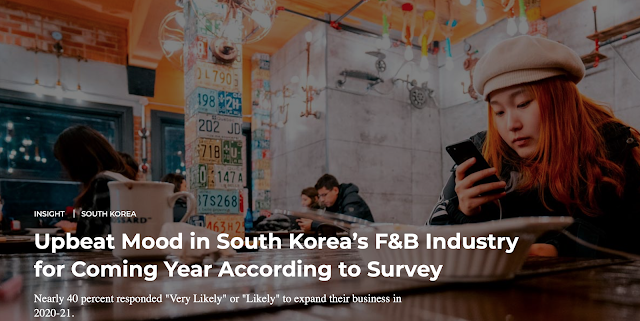I often say Similar bring us together

Global business requires colleagues of different cultures to work together on a daily basis.
How we see each other culturally is often in the differences, like language and in similarities such as shared values like family. I like to focus on the later; as differences can pull us apart and similarities brings us together.
Particularly for western teams engaged in all ways with Korean operations, I believe in the importance of deep learning about the workplace in Korea — the 2021 norms, practices, and day-to-day life. They do change and most often we can get fixed on what could have been tainted by here say — or an altogether lack of understanding.
The same learning goes for Korean global teams assigned to support overseas’ operations. They need to become learners — savvy in the wide range of local overseas practices. Expecting global teams to bend to Korean business norms rarely works, too. It just leads to delays and stalled projects.
As I note above, recognizing similarities is one of the most powerful cross-cultural bridges. In other words, how can you relate to the nuances in communications and day-to-day life. This requires identifying the local beliefs, values, expectations, traditions, and culture.
These insights allow us to better understand our mutual teams’ thoughts and expectations.
Outcomes
Although there is bound to be friction between home and host country cultural values, a successful model accomplishes:
1. Awareness and appreciation of both the home and host country with the ability to gain an insight into one’s own personal traits, strengths, weaknesses, attitudes, and interests.
2. Realization of shared values, along with an awareness of and respect for cultural differences.
Call to Action
So, how do you see this applying to you and your own experiences working with another culture’s teams? I’d like to know, so please share.
Dealing with better understanding Korea-facing issues, challenges, or impasses? I provide workarounds and solutions.
I look forward to your thoughts and comments, and with no COVID travel planned have set aside time to discuss one on one.
Always Private and Confidential. Please feel free to FB or Linkedin Message, Text or email to set up a Zoom time.













Christmas Holiday in South Korea 2020
Christmas is a popular holiday in South Korea. That said, it is also seen as a distinctly Christian holiday. As the holiday approaches, you may wish to greet Korean colleagues with a common greeting. Sae hae bok man i ba deu say yo!
Hint: When speaking, break the greeting into: sae hae bok—mahne—bah deu say yo
Sae hae bok man i ba deu say yo! works well both in person, in a card, text, IM, or an email.
In fact, it is the best seasonal greeting for New Year’s, too.
With the time differences, plan to wish Korea-based friends and colleagues a holiday greeting no later than US/ Canada/ EU on Wednesday, December 23, 2020 …so Thursday Christmas Eve Day AM in Korea.
Questions on the Christmas holiday in South Korea business norms? Dsoutherton@bridgingculture.com
#